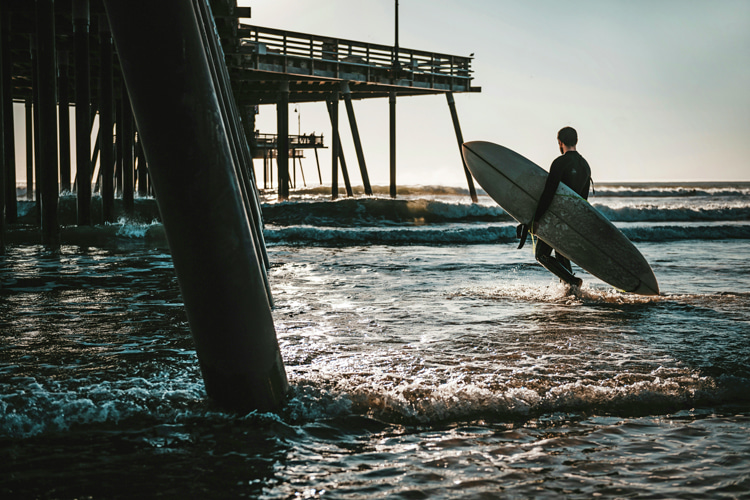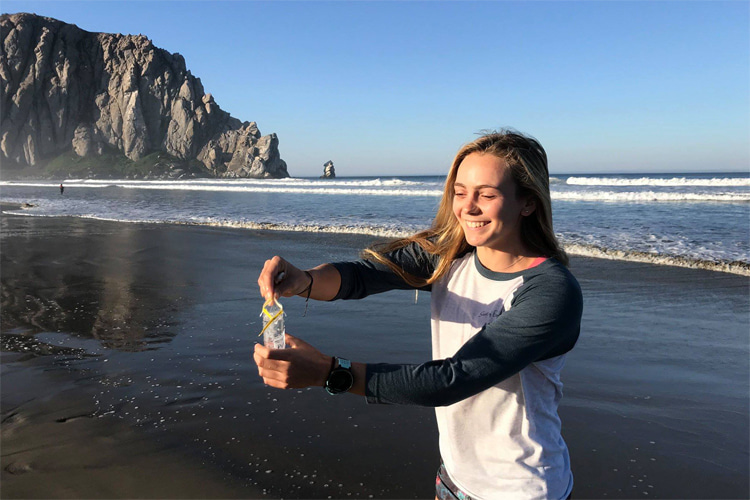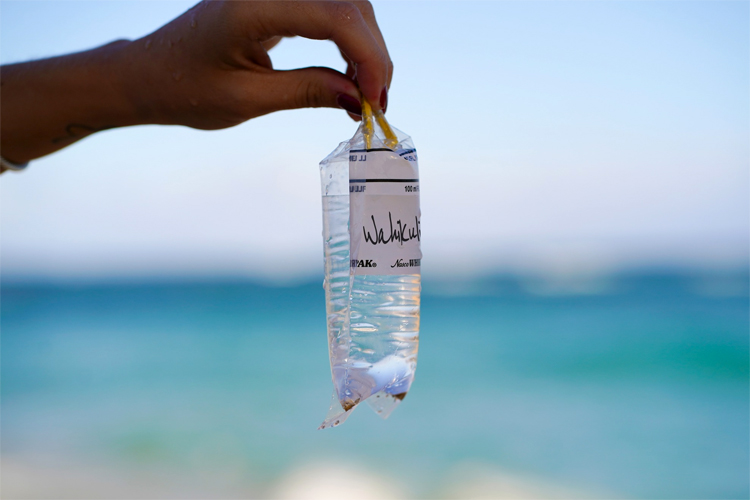
How Urban Surfers Can Stay Safe in Ocean Waters
If you’re surfing in or near cities, it’s crucial to know whether the waters you’re riding are clean and safe. Many surfers around the world have experienced illness after entering waters close to urban or industrial areas.
To tackle this issue, the Blue Water Task Force (BWTF), a volunteer program by the Surfrider Foundation, works to monitor the quality of ocean water. This initiative has been instrumental in keeping beaches usable and accessible, particularly by identifying potentially hazardous pollution levels.
Surfrider Foundation, an environmental nonprofit active since 1984, developed BWTF to test the waters where people surf, swim, and fish. Similar organizations, such as Surfers Against Sewage in the UK, also help fill the gaps left by government agencies when it comes to water safety.

<strong>Understanding Water Safety</strong>
Water that’s considered “clean and safe” has low levels of harmful bacteria and pathogens. Urban runoff, sewer overflows, and failing septic systems can contaminate these waters, especially after rainstorms, introducing bacteria and viruses into surf zones.
<strong>Why Enterococci Bacteria Matter</strong>
BWTF focuses on testing for enterococci, a type of fecal indicator bacteria that comes from the digestive tracts of birds and mammals. These bacteria only appear in the water when there’s been contamination from sewage or animal waste. In 2024 alone, volunteers conducted over 9,500 tests at around 600 different sites across North America.

Although enterococci themselves aren’t usually harmful, their presence indicates that other dangerous microorganisms—like norovirus, Giardia, or Salmonella—might also be in the water. These can lead to stomach illnesses, rashes, ear infections, and more.
<strong>Hidden Dangers in Urban Surf Spots</strong>
After rainfall, runoff can carry pet waste, bird droppings, and human sewage directly into the ocean. Combined with outdated sewer systems and overflowing drains, this can lead to spikes in enterococci levels that make the water unsafe for days.
Some pathogens, including viruses and parasites like Cryptosporidium, are not easily detected in routine testing but can still be present in polluted waters. People with open wounds, young children, older adults, or anyone with weakened immunity are especially at risk.
<strong>Color-Coded Safety Alerts</strong>
To make this data easy to understand, Surfrider uses a traffic-light system on their interactive map:
Green: Bacteria levels are low—safe to surf or swim.
Yellow: Levels are near safety limits—caution is advised, especially for vulnerable individuals.
Red: Bacteria exceed safe limits—entering the water poses a high risk of illness.
These safety standards align with the EPA’s 2012 Recreational Water Quality Criteria, which recommend enterococci levels not exceeding 35 CFU/100 mL (average) and 130 CFU/100 mL (single sample).
<strong>Protecting Yourself While Surfing</strong>
Before heading out, check the BWTF map at bwtf.surfrider.org. If your local break shows yellow or red, consider skipping your session or moving to a cleaner spot.
After heavy rain, avoid the water for at least 72 hours in dry areas; in wetter climates, 24 to 48 hours may be enough. Stay clear of storm drains and creek mouths, as these are common sources of pollution—even if the waves look great there.
Always rinse off with fresh water after your session to remove any remaining contaminants.
<strong>The Power of Community Science</strong>
Since 1990, the BWTF has become the largest volunteer-driven beach monitoring network in North America, with more than 60 labs and over 500 sites tested regularly. The data collected helps identify pollution problems, drive local environmental efforts, and hold officials accountable.
So next time you see a green indicator on your favorite surf break, remember: it’s the result of dedicated volunteers—students, retirees, and fellow surfers—working behind the scenes to protect public health and ocean enjoyment.
Surf responsibly and stay aware. Clean waves are only worth it if they come without the risk.